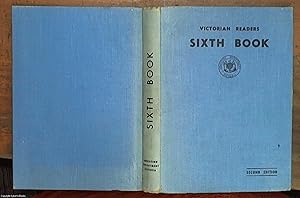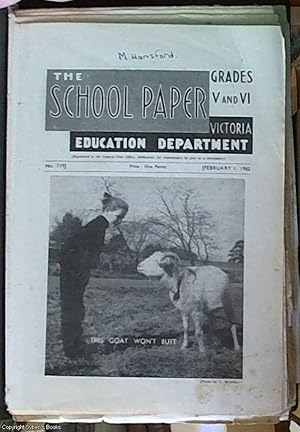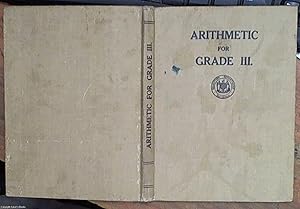 |
| Scene from The Bruce Supremacy |
When Alexander II of Scotland died in 1286 six Guardians were appointed to rule Scotland. The membership and number of Guardians changed frequently until November 1292 when John Balliol was crowned King of Scotland and duly paid homage to the English King. However Edward I invaded Scotland again in April 1296 defeating the Scots at the Battle of Dunbar. John Balliol was exiled later that year. New Guardians were appointed at different times including William Wallace in February 1298. He resigned in September of that year with Robert the Bruce and John (Red) Comyn becoming joint Guardians.
1306
On 10 February 1306 Robert the Bruce arranged to meet John Comyn at Greyfriars Kirk in Dumfries. Robert the Bruce was accompanied by his brother, Edward, and leader of the Clan Campbell, Neil Campbell. Bruce informed Comyn that the Kirk had withdrawn support for Balliol (Comyn's cousin) and therefore Bruce should be King. Although the men had left their swords at the door of the Kirk, when an argument broke out Comyn was stabbed with a knife and murdered. There is some discussion as to what really happened but one account was that Comyn was killed by Bruce though the murder was probably not planned. Not surprisingly, this event started a feud between clans in Scotland.
Robert the Bruce with his supporters headed to Scone where he was hurriedly crowned King of Scotland on 26 March by Isobel of Buchan.
Edward I, also known as Hammer of the Scots, immediately moved his troops north and at a battle near Perth the Scots were defeated by Edward's army. Robert the Bruce and his small remaining band of supporters retreated to the west of Scotland to regroup and plan what to do next.
Initially Robert the Bruce and his supporters headed south towards the west coast but had to travel through MacDougall territory. The Clan MacDougall supported the Clan Comyn and did not get along with the Clan Campbell whose land bordered their land. Battle ensued with many men killed. Bruce now had only about 200 men supporting his cause.
Back on Clan Campbell land the party made it to the coast where Neil Campbell was able to organise boats to take the men to the island of Islay, home of the Clan MacDonald who agreed to support Bruce. In October Bruce's party once again took to the sea where they found refuge in the Hebrides and gained the support of Christina of the Isles, a member of Clan Ruaidhri. She allowed them to stay over the winter months until they were ready to resume the battle.
 |
| Google Maps |
The Clan Bruce occupied part of the Lowlands of Scotland including the area around Annandale, south of Glasgow. One of the family titles was Lord of Annandale. The land of the Bruce Clan was therefore in the south west of Scotland.
The Clan Campbell had lands on the peninsula on the south west of Scotland as well as land north of the peninsula.
The Clan MacDonald occupied the Isle of Islay as well as on other Western islands.
The Clan Ruaidhri resided in the Hebrides.
The Clan MacDougall had land near the Campell territory.
The Clan Comyn had land in the north of Scotland.
1307 - 1308
In the Spring of 1307 Robert the Bruce and his men returned to the south west of Scotland. Bruce knew that his men would be outnumbered in open warfare against the English so the plan was to now use Clan Warfare (small scale guerrilla warfare) to achieve their aims. The campaign began in April and May of 1307 and immediately met with success. As well as the element of surprise Bruce's men were able to use their knowledge of the land to achieve success. As time went by Bruce's support and popularity increased and more clans pledged their support. 'God is on his side' and 'Merlin is on his side' were comments repeated by the Scots.
Edward I decided to travel north to Scotland with additional English forces but died, en route, on 7 July 1307. For a time the English tried to keep his death a secret from the Scots. He was succeeded by his son, Edward II.
As well as fighting the English, Robert the Bruce, with the support of the Campbells and the MacDonalds, also made attacks on his old foes - the Clan Comyn and the Clan MacDougall. The climax came in the summer of 1308 at the Battle of the Pass of Bander. After this battle Bruce was declared 'Master of the Highlands'.
The Lowlands
Fighting in the Lowlands was more difficult as the English had access to many castles. The Scots had no access to siege artillery so Bruce's men continued the campaign of only attacking small groups of soldiers. The castles themselves were attacked only when the Scots knew that they were vulnerable. However, over time, the Scots had captured most of the castles in the Lowlands.
1314
The support for Robert the Bruce had greatly increased but he knew that before he would be completely accepted as King of Scotland he needed to win an open battle against the English.
By 1314 Stirling Castle was the only castle still held by the English. Bruce made an agreement with the garrison that if the English did not bring troops to support the castle by a certain date, then they would surrender the castle.
Edward II moved his troops north - 15,000 foot soldiers plus 2,500 cavalry. Bruce currently had 6,000 foot soldiers. Still the leaders of the Scots knew the terrain. The Scottish forces had been trained to form a schiltron where they stood in a group with their spears pointing outwards in all directions. The group moved together towards the enemy when fighting. This made them a formidable group.
Battle of Bannockburn
The climax came on 23 June 1314 outside Stirling Castle and completed the next day near the river. This encounter is known as the Battle of Bannockburn.
When the English first saw the Scottish soldiers lined up they just saw lines of men with spears. However as they advanced the Scots moved into their schilitron formations. The advancing English cavalry was also unaware that the Scots had dug a trench across their path. Pointed sticks had been placed pointing upwards in the pit which had been camouflaged. The Scots won the first encounter.
The English moved to a campsite near the Bannockburn river. Robert the Bruce received a report that the confidence of the English soldiers was low and the decision was made to attack the English camp early in the morning, taking the English by surprise. As the wall of spears approached the English army emerging from sleep, the English soldiers retreated to the river where many were slaughtered or drowned.
After this victory Robert the Bruce was accepted as the legitimate King of Scotland - Robert I - by his subjects. The Scots received large ransoms for the captured English nobles and much of this money was used to provide land and gifts to the clan leaders who had supported Bruce. Robert the Bruce also negotiated the return of his wife, daughter and sister who had been captives of the English in England.
Other posts in this blog on the Battle of Bannockburn
Battle of Bannockburn
A number of my family members featured in the story portrayed in the program, The Bruce Supremacy:
Robert I of Scotland (1274-1329) was my 21st great grandfather
Edward I of England (1239-1307) was my 22nd great grandfather
Edward II of England (1284 -1327) was my 21st great grandfather











